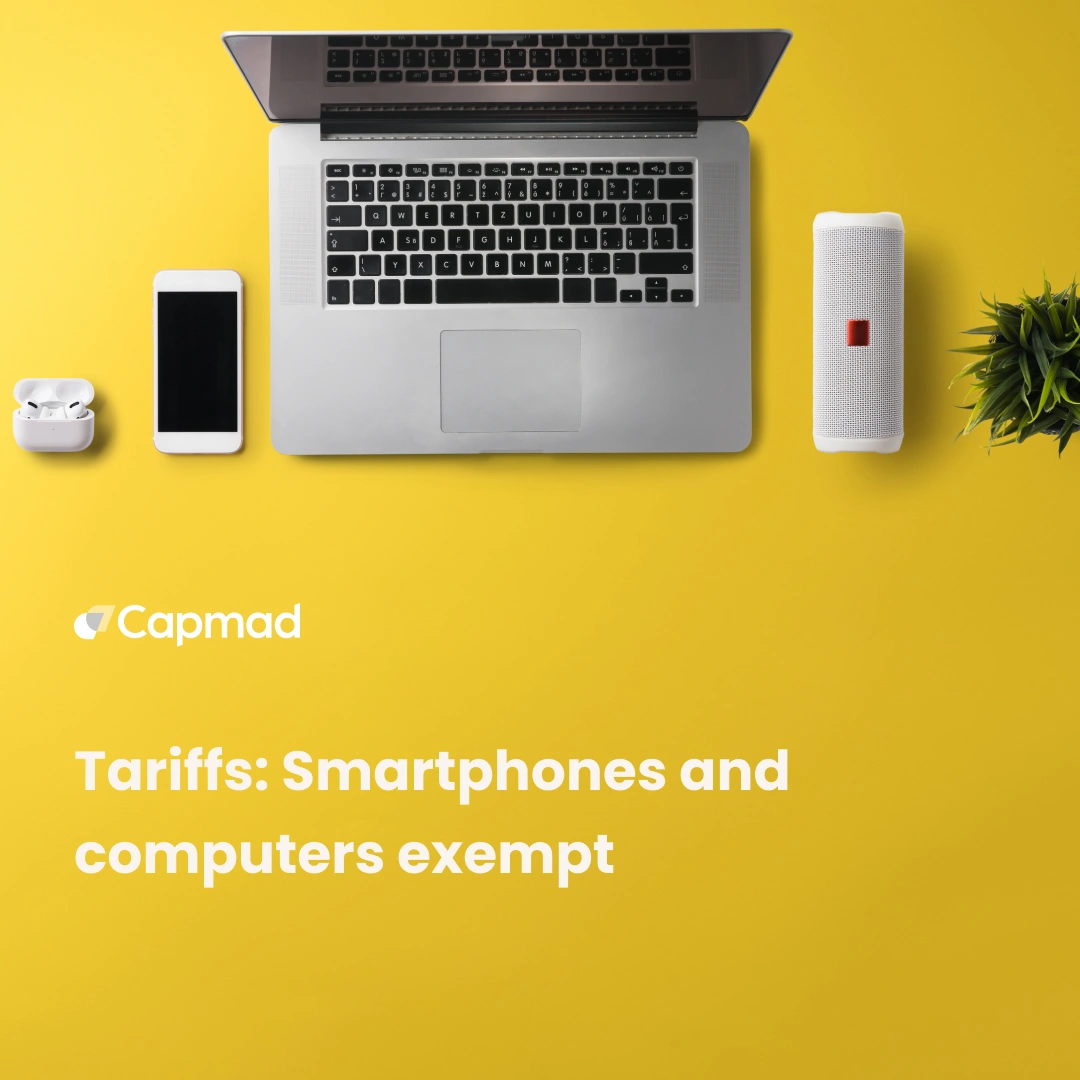The World Bank’s « Africa’s Pulse » report, released on April 8, 2024, forecasts a resurgence in economic growth across sub-Saharan Africa. The report advocates for strategies aimed at fostering long-term, fair, and comprehensive growth, highlighting the need for sustainable and inclusive development.
Slight upturn in economic growth
Africa’s Pulse, a biannual economic outlook study released during the annual or spring meetings of the World Bank and the International Monetary Fund (IMF), has projected a continued uptick in economic growth throughout sub-Saharan Africa for 2024-2025.
Following a modest 2.6 % uptick in 2023, this recovery is expected to accelerate to 3.4 % in 2024 and further to 3.8 % the subsequent year. The growth, although fragile, is primarily driven by increasing private consumption and declining inflation rates. Additionally, the recovery can be attributed to fiscal consolidation measures implemented by several African nations, including Ghana, Kenya, and Nigeria.
Lower inflation thanks to monetary policy expectations
Lower inflation typically results from monetary tightening, such as the initiatives taken in Nigeria to stabilize the value of the Naira. While these measures enhance household purchasing power and bolster the stability of the national currency on global markets, they also pose constraints on investment due to elevated interest rates.
The Bretton Woods institution anticipates a decrease in inflation across most sub-Saharan economies. Approximately 80 % of African nations are projected to experience a reduction compared to 2023, yet inflation remains higher than pre-pandemic levels in 32 out of 37 countries. The median inflation rate is forecasted to be 5.1 % in 2024, down from 7.1 % the previous year.
Moderate improvement in fiscal balances
Ongoing fiscal consolidation efforts are leading to improved fiscal balances in various sub-Saharan African economies. The number of countries with significant deficits exceeding 3 % of gross domestic product (GDP) has slightly declined from 34 in 2022 to 27 in 2024. The median deficit in the region is anticipated to decrease marginally from 3.8 % of GDP in 2023 to 3.5 % in 2024. However, deficits persist at high levels in 31 countries, averaging 3.8 % of GDP in 2024 compared to 4.8 % the previous year.
Although public debt in the region stood at 61 % of GDP in 2023, it is projected to decrease to 57 % in 2024. Nevertheless, the risk of over-indebtedness remains significant as many governments grapple with unsustainable debt levels, particularly those facing external liquidity challenges. Governments are increasingly turning to bonds and seeking financing beyond the Paris Club to meet their public financing needs.
Persistent structural inequality and poverty
The World Bank highlights that the sluggish rate of economic growth in sub-Saharan Africa falls short in adequately addressing poverty reduction. Per capita growth remains low, decreasing from 0.1 % in 2023 to 0.9 % in 2024 and projected to reach 1.3 % in 2025. Numerous businesses and farms encounter challenges in accessing credit and product markets. Family-owned enterprises and self-employed individuals often resort to internal or informal resources to initiate operations. Furthermore, barriers in the labor market restrict access to productive opportunities.
Marked social disparity
Taxes, transfers, and subsidies play a role in mitigating inequality but don’t consistently alleviate poverty. For the most marginalized, tax obligations often outweigh their earnings, leading to a rise in the poverty rate. Inequality in the region, as indicated by the Gini coefficient, persists at some of the highest levels globally.
Social disparities are largely the result of the conditions in which a child is born. This is perpetuated throughout his or her life, by barriers to access to opportunities and regressive taxation. Pronounced inequalities in sub-Saharan Africa are mainly structural in nature, resulting from disparities at three critical phases:
- skills development
- access to economic opportunities
- impact of fiscal and social policies
These phases are closely interlinked and generate cumulative effects. Imbalances in the labor market aggravate educational inequalities, which are then amplified by unfair tax policies. Subsequently, market imperfections and institutional distortions limit productivity and earnings.
Measures to boost growth and reduce poverty
To more effectively tackle inequality, it’s essential to pinpoint and tackle the structural limitations within the economy. Africa’s Pulse also advocates for reinstating macroeconomic stability and fostering intergenerational mobility. Additionally, the report advises supporting access to markets and ensuring that fiscal policies do not disproportionately affect vulnerable populations.
Fiscal prudence and monetary tightening
Relying solely on fiscal policy isn’t enough to spur economic growth in Africa and alleviate poverty. Countries grappling with high inflation must implement a blend of monetary tightening and fiscal consolidation. Fiscal discipline is especially crucial to stave off inflationary pressures in many sub-Saharan African nations.
The World Bank underscores the importance of boosting the mobilization of domestic resources, especially for countries with restricted access to external financing. These resources should be directed towards public spending that fosters economic development. Adopting a strategy of asset accumulation and efficient utilization is vital for nurturing inclusive growth.







